What does West Antarctica’s future look like?
18 August 2015
The Earth’s temperature has been increasing and our climate is changing because of human activities, which emit greenhouse gases like carbon dioxide. These human emissions intensify the natural effect of greenhouse gases in the atmosphere, trapping more heat from the Sun inside our atmosphere and heating the land and the oceans. West Antarctica, at the very south of our planet, is one of the fastest warming regions on Earth. It has been losing significant amounts of the vast sheet of ice that covers it, as the ice is melting and sliding into the ocean faster than before. Stephen Cornford from the UK, Dan Martin from the US, and other researchers from around the world have now used a powerful computer simulation to see how the region might look like in the future, and how much it could contribute to global sea-level rise. Computer simulations are representations of the real world, which scientists use to find out what our planet will look like in the future. These simulations, or computer models, use mathematical equations to describe how different parts of the Earth – atmosphere, oceans, land – work, and how they will look like in the years and even centuries to come. The new model by Stephen and Dan’s team is the most complete and high-resolution (detailed) computer simulation for West Antarctica to date. “Much like a higher-resolution digital camera transforms a blur into a flock of birds, higher resolution in a computer model often helps to capture details of the physics involved which may be crucial to the broad picture,” says Dan. The new simulation shows West Antarctica may lose a lot more ice in the next couple of centuries. As the ocean around Antarctica warms, this increases the melting where the ice sheet meets the ocean. Exactly how much ice is lost will depend on how much greenhouse-gas emissions continue to rise.Print version
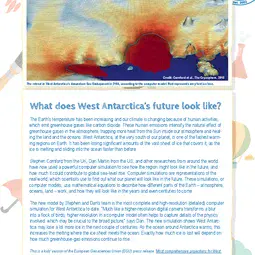
This is a kids' version of the EGU article: 'What does West Antarctica’s future look like?'. It was written by Bárbara Ferreira (EGU Media and Communications Manager) and reviewed for scientific content by Stephen Cornford (Research Associate, University of Bristol, UK) and Daniel J. Hill (Researcher, University of Leeds, UK), and for educational content by Abigail Morton (Teacher, Chiang Rai International School, Thailand).
Translations
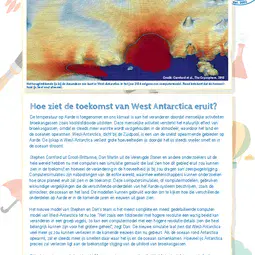
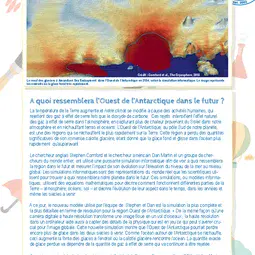
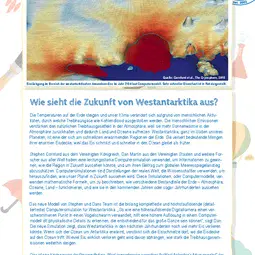
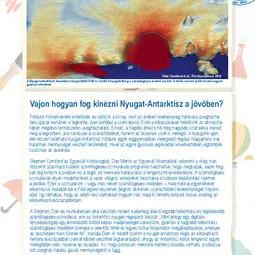
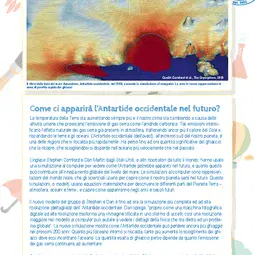
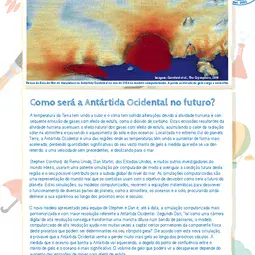
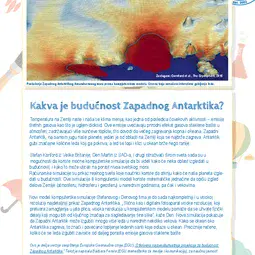
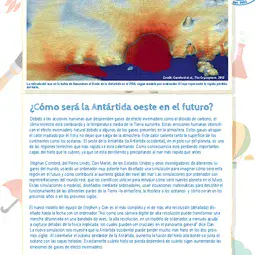
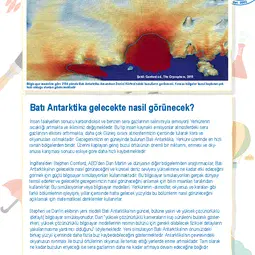
All English-language Planet Press releases are carefully edited, reviewed and proofed, by scientists, educators and EGU staff. Please note that once translated, Planet Press releases receive no further checks from EGU staff. For this reason, we cannot guarantee their accuracy, though we trust the quality of our voluntary translators and are grateful for their work.

